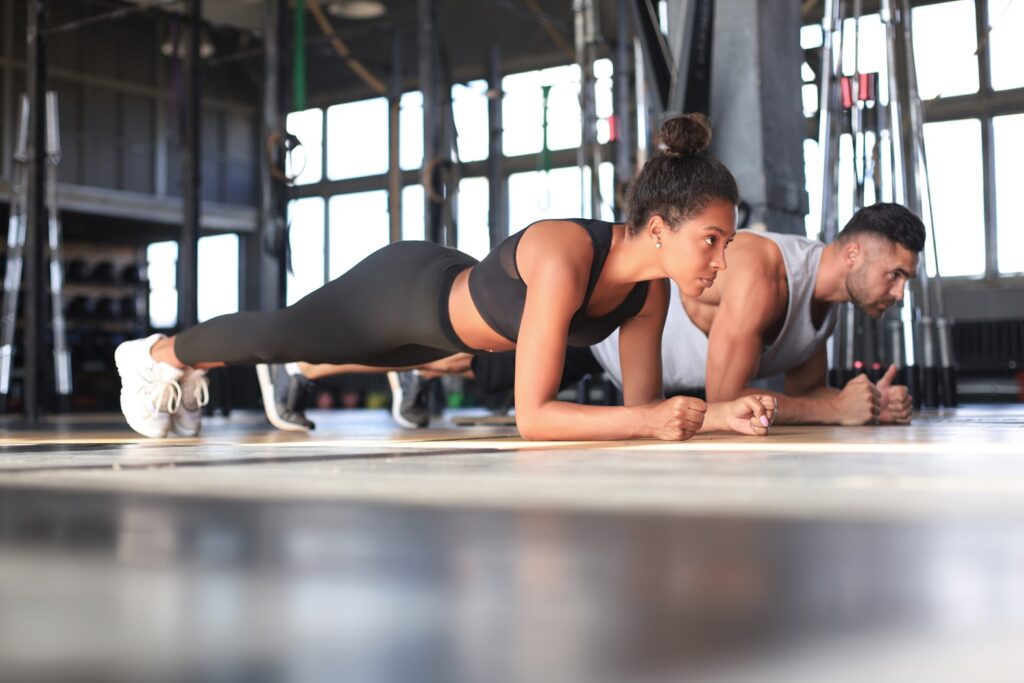
Gary Pascual is an avid cyclist who always looks for ways to improve. He has learned over the years that one of the best ways to improve as a cyclist is to take care of yourself when you’re away from the bike. Of course, this means discipline in the kitchen and focusing on one’s nutrition, but it also means strengthening the body in the gym. Gary Pascual recommends a couple of exercises to anyone looking to gain strength and build endurance on their bike.
One thing that you realize quickly as a cyclist is that you need to have incredible core strength. One of the best ways to build core strength is to work on different plank variations. There’s a reason people say that there’s no longer minute than a minute in a plank formation, but it does get easier over time. Traditional high planks call for people to press their hands into the ground while in line with their shoulders. With focus a few feet ahead of them, the legs should be back, and one’s weight should be evenly distributed between the upper and lower body. In addition to a high plank, people can plank on their forearms. This is another great variation. Finally, planking on one’s side for even segments can strengthen the obliques. Getting into a regular plank routine will lead to a cyclist feeling more comfortable on their bike.
Leg strength is pivotal to cycling. Gary Pascual recommends starting with some classic front and back lunges. Those new to lunges can begin by just utilizing their body weight. As one progresses, one can start to hold a dumbbell in each hand. The key is to hold enough weight to maintain a firm grip and get low into the lunge without straining. Lunges are such a fundamental exercise for cyclists because they fire up the glutes, calves, hamstrings, and quads. Anytime you can get a workout for all major parts of the legs, it will be beneficial for a cyclist.
Cycling requires a lot of cardiovascular endurance. Those who find themselves breathing heavily early into their cycling sessions should start to incorporate burpees into their workout routines. To complete a burpee properly, starting with a wide stance with the knees slightly bent is essential. From this position, jump and land softly into a squat position. Always think of your form to help avoid any issues with your back. Keep your head in line with your tailbone and the chest up. From the squat position, it is time to place your hands down with your knees wider than the elbows. Next, jump the feet back and lock into a high plank with the shoulders over the wrists. Next, jump the knees to the outside of the elbows and stand up straight while tightening the glutes. As one advances, pushups or jumps toward the sky can be added. Three-to-five sets of ten regularly will create a noticeable difference in cardiovascular endurance.
Finally, Gary Pascual recommends renegade rows. Renegade rows are the perfect exercise for improving both core and back strength. Much like burpees and squats, form is essential. When done incorrectly, people can develop serious back issues. Gary Pascual recommends starting with a lightweight and perfecting form before increasing weight and volume. The exercise begins after dumbbells are positioned under the shoulder, and the feet are placed between the hip and shoulder-width apart. When rowing the weight back, the motion should resemble starting a lawnmower. The lat muscle should be doing the majority of the work. The incorrect form will be recognizable when the dumbells are no longer controlled or the hips are hiking up.